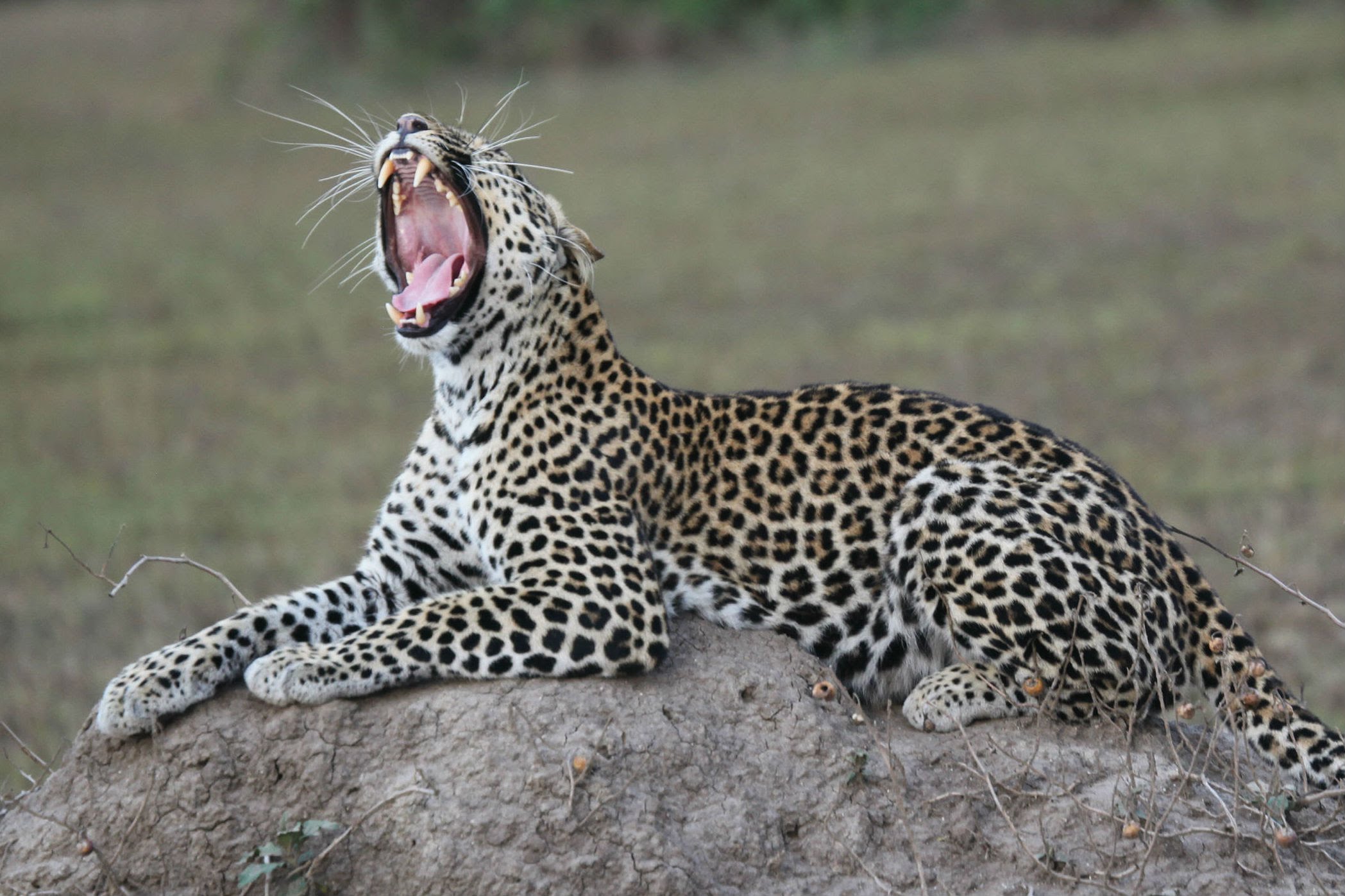The Marvels of Life: Exploring the Gestation Cycle of the African Leopard
The Gestation Cycle of the African Leopard. In the heart of the diverse African wilderness, the African leopard (Panthera pardus pardus) reigns as one of the continent’s most enigmatic and majestic predators; Beyond their remarkable hunting prowess and distinctive spotted coats, the journey of life for these elusive creatures begins with a fascinating gestation cycle. Join us on an exploration of the intricate process that shapes the early stages of an African leopard’s life.
Gestation Period:
The gestation period of an African leopard is a crucial chapter in the circle of life, marking the time from conception to birth. Lasting approximately 90 to 105 days, the gestation period is characterized by the female leopard’s physical and behavioral changes as she prepares to bring forth new life.
Mating Rituals:
The journey into leopard parenthood begins with the intricate dance of courtship. Male leopards, often solitary creatures, seek out potential mates during the breeding season. Courtship involves a combination of vocalizations, scent marking, and elaborate displays of strength and agility. Once a suitable partner is found, the leopards engage in mating, a process that may be repeated multiple times during the female’s receptive period.
Pregnancy: – The Gestation Cycle of the African Leopard
After successful mating, the female leopard embarks on a solitary journey through the dense African landscape, seeking a secluded and secure location to give birth; The gestation period is a time of physical changes for the mother, marked by an increase in appetite and a noticeable expansion of the belly as the developing cubs grow within.
Birth and Cub Development:
The secluded birth den is often situated in a hidden area, such as a rocky crevice or dense thicket, providing protection for the vulnerable cubs; Typically, a leopard litter consists of two to three cubs, each born blind and entirely dependent on their mother for survival.
The initial weeks of life are spent within the safety of the den, where the mother cares for her cubs with unwavering dedication; She nurses them, grooming their delicate fur, and establishes a strong maternal bond; As the cubs grow, their eyes gradually open, revealing the distinctive blue hue that will later transform into the piercing gaze characteristic of adult leopards.
Maternal Care:
The role of the mother in the gestation cycle of the African leopard is paramount. Throughout the early stages of cub development, the mother fiercely protects her offspring, teaching them essential survival skills; As the cubs grow older, they begin accompanying their mother on hunting expeditions, gradually learning the art of stalking and ambushing prey.
Conclusion/Remarks: – The Gestation Cycle of the African Leopard
The gestation cycle of the African leopard is a captivating journey through the intricacies of life in the wild. From the rituals of courtship to the careful nurturing of cubs, each stage contributes to the resilience and adaptability of this iconic species; Understanding the gestation cycle not only unveils the mysteries of leopard reproduction but also highlights the importance of preserving their natural habitats to ensure the continued existence of these magnificent creatures for generations to come.








